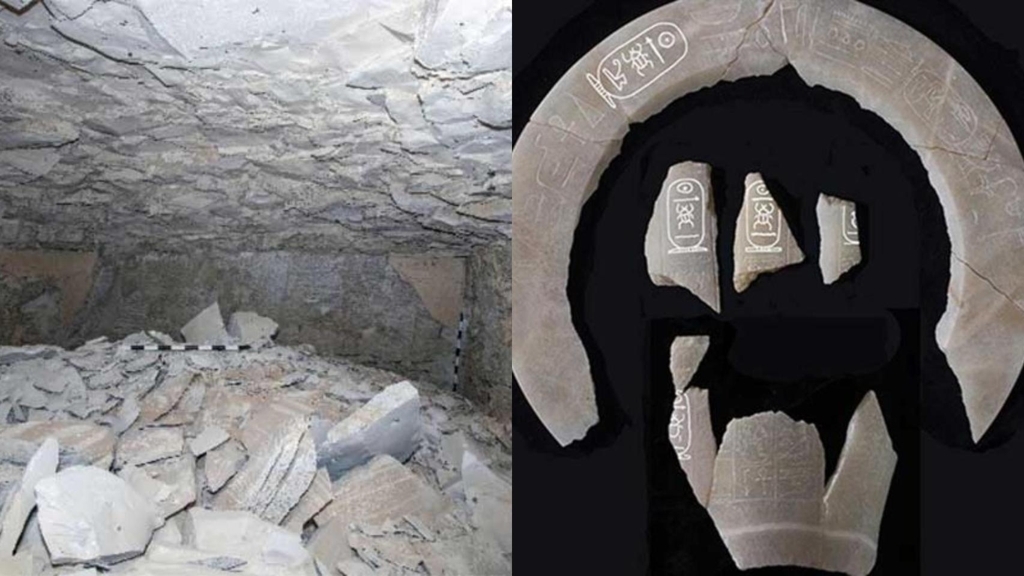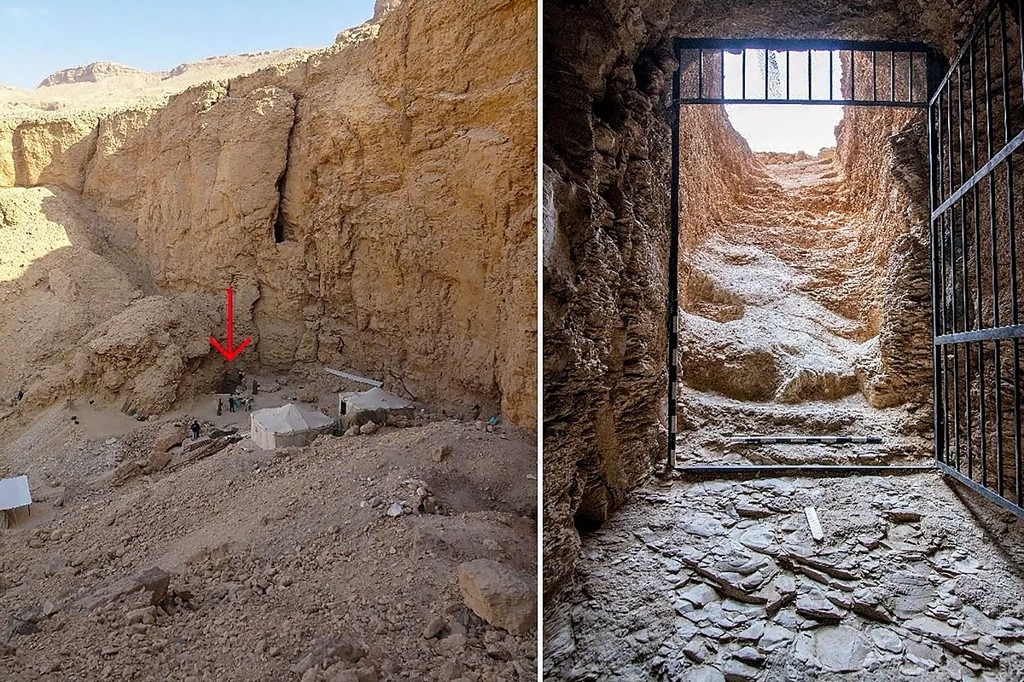Thutmose II's Tomb Discovered in Luxor Unveils Ancient Secrets
Explore the historic discovery of Pharaoh Thutmose II's tomb in Luxor, unveiling ancient artifacts and profound insights into Egyptian burial traditions.

Key Points
- The tomb of Pharaoh Thutmose II, discovered in Luxor, is the first royal burial site found in over a century.
- Significant artifacts, including alabaster vases and sacred texts, provide invaluable insights into ancient Egyptian burial customs.
- Ongoing excavations hold promise for uncovering more secrets about the reign and legacy of Thutmose II.
In an exciting revelation for historians and archaeology enthusiasts alike, Egypt has confirmed the discovery of the tomb of Pharaoh Thutmose II Ajepenre, located in the western valley of Luxor near the famed Valley of the Queens. This significant find marks the first identification of a royal tomb in Egypt in over a century, following
's monumental discovery of
's tomb in 1922. Such discoveries not only enrich our understanding of Egyptian history but also serve as a testament to the enduring legacy of its ancient civilization.

Understanding Thutmose II: A Brief Historical Context
Thutmose II, the fourth pharaoh of the Eighteenth Dynasty, ruled from approximately 1492 to 1479 BCE. He is best remembered for his connection with Hatshepsut, his half-sister and wife, who eventually became one of the few female pharaohs in Egyptian history. Their era is noted for its considerable territorial expansion and cultural achievements, marking a high point in Ancient Egyptian civilization. Until recently, the location of Thutmose II's burial site remained a mystery, making this discovery a remarkable chapter in the saga of ancient Egypt.
The Discovery Process
The tomb was uncovered in 2022 during excavations led by a collaborative team of Egyptian and British archaeologists in Wadi C, approximately 2.4 kilometers west of the
. Initial findings included fragments of alabaster vases inscribed with the name of the pharaoh along with the title "king deceased", which confirmed the site's identity as Thutmose II's burial location. This methodical approach to archaeology highlights the importance of verification through material culture, ensuring that findings are historically accurate.

What’s Inside the Tomb?
While the discovery itself is thrilling, the interior condition of the tomb presents challenges. The tomb was found severely damaged, likely due to flooding shortly after Thutmose II's death. It is believed that many artifacts, including the pharaoh's mummy, may have been relocated for safekeeping, resulting in their absence from the tomb itself. Nevertheless, the presence of various artifacts, including ritual texts and decorative fragments, offers invaluable insights into the burial customs of the time.
Additionally, researchers have been able to piece together fragments of sacred texts associated with the afterlife, such as portions of the "Book of Amduat", which describes the journey of the sun god Ra through the underworld. Such findings provide a deeper understanding of the spiritual beliefs that governed the lives of the ancient Egyptians and underscore the significance they placed on death and the afterlife.
The Importance of Continued Exploration
The announcement of Thutmose II's tomb underscores the dynamic nature of archaeological research in Egypt. It serves as an encouraging reminder that much of Egypt’s ancient history remains to be explored and understood. According to Dr. Mohamed Ismail Khaled, Secretary-General of the
, this discovery is one of the most important archaeological advancements in recent years. As excavations continue, the hope is to uncover further secrets lying beneath the sands of Luxor.
With ongoing efforts to restore the site and explore its surroundings, Egyptologists are optimistic about not only finding more artifacts but also learning more about the life and reign of Thutmose II. This discovery solidifies the notion that Egypt is a treasure trove of history waiting to be uncovered.
The unearthing of Thutmose II's tomb is more than just a significant archaeological find; it represents an opportunity to connect with a past filled with innovation, spirituality, and legacy. As excavations progress, they promise to enhance our understanding of the ancient world and its lasting impact on civilization today.


